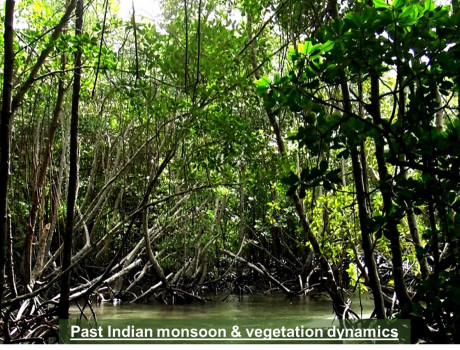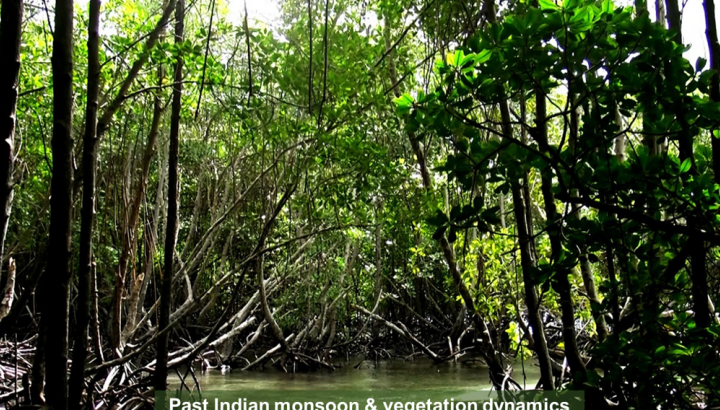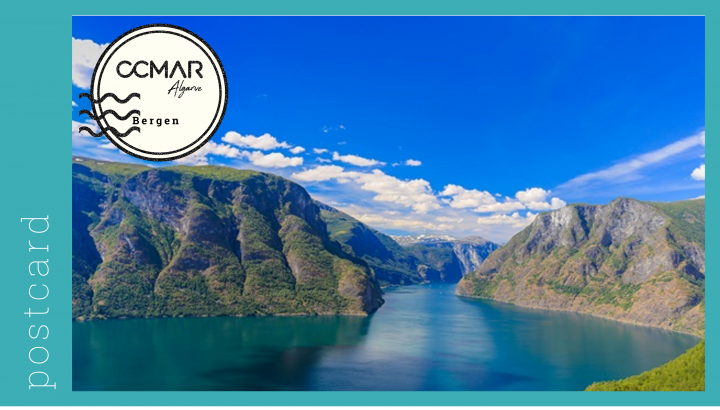
Vagaries of the South Asian monsoon affect climate on a global scale and will dramatically impact nearly half of the world’s population by 2050 as the region´s ecosystems, agriculture, and economy are intrinsically linked to monsoon rainfall. A precise characterization of the mechanisms driving its natural variability through past natural climate variations is therefore of paramount importance to improve worldwide monsoon forecast, and, in turn, maximize the benefits of monsoon rainfall and reduce the impact of its extreme events.
The INDRA project aims to reconstruct monsoon-driven vegetation changes in Central India during specific contrasting glacial-interglacial cycles with diverse baseline climatic conditions, namely the Marine Isotope Stage (MIS) 15-16 (630-564 thousand years ago (ka)) and MIS 11-12 (434-382 ka). This study will use deep-sea sediments from the IODP Site U1446 to generate high-fidelity monsoon proxy data, allowing the comparison of pollen-based vegetation dynamics with marine environmental changes and climate model experiments. The integration of proxy-based and model reconstructions will produce an important scientific contribution with strong societal impact by generating the first model-data comparison for two key glacial-interglacial cycles of the middle Pleistocene in Central India.
To achieve the proposed goals, this groundbreaking and innovative research project will gather a multidisciplinary and international team of paleoclimatologists with diverse expertise including marine palynology, tropical vegetation, paleoceanography, and paleoclimate/monsoon modelling.
Members of the research team:
- Dulce Oliveira (PI; CCMAR/IPMA, PT)
- Montserrat Alonso Garcia (co-PI; CCMAR/Salamanca Univ., SP)
- Fátima Abrantes (CCMAR/IPMA, PT)
- Philippe Martinez (Bordeaux Univ., FR)
- Stephanie Desprat (Bordeaux Univ., FR)
- Qiuzhen Yin (Univ. of Louvain, BE)
- Ralph Schneider (Univ. of Kiel, DE)
- Coralie Zorzi (Bordeaux Univ., FR)
External advisors:
- Anupama Krishnamurthy (Pondicherry French Institute, IN)
- Prasad Srinivasan (Pondicherry French Institute, IN)





